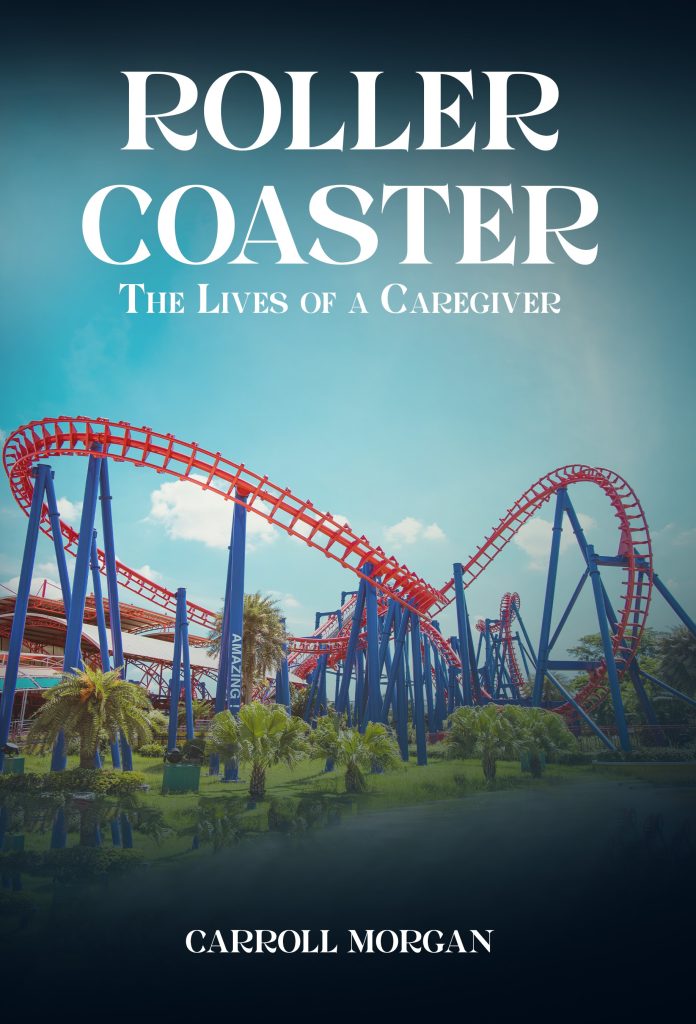The Healing Journey Through Books on Alzheimer’s Care

In the labyrinth of books on Alzheimer’s, where memories flicker like distant stars, books serve as beacons of light, guiding individuals through the haze of forgetfulness. Alzheimer’s disease, a relentless foe, chips away at cognitive faculties, but the power of storytelling remains steadfast. In this guide, we embark on a journey through books tailored for Alzheimer’s patients, exploring how these literary companions can provide solace, stimulate cognition, and foster connection.
A Journey Into the Unknown with Books for Alzheimer’s
Alzheimer’s disease, a formidable adversary, casts a shadow over millions worldwide. Characterized by progressive cognitive decline, it robs individuals of cherished memories and erodes the very essence of self. For those grappling with Alzheimer’s, the world can feel disjointed, unfamiliar, and frightening. However, amidst the chaos, books emerge as allies, offering respite from the tumultuous currents of forgetfulness.
The Healing Power of Narrative
Within the pages of a book lies a sanctuary—a realm where imagination knows no bounds and memories are etched in ink. For individuals with Alzheimer’s, books transcend mere stories; they serve as conduits to the past, evoking emotions and triggering recollections long thought lost. Whether it’s a cherished childhood tale or a poignant memoir, the written word possesses a transformative power, kindling sparks of recognition and igniting dormant memories.
Navigating the Literary Landscape
In the vast expanse of literature, finding the perfect book for someone with Alzheimer’s can feel like searching for a small needle in a haystack. However, certain genres and formats are particularly well-suited for individuals grappling with cognitive decline. Picture books with vivid illustrations can captivate attention and evoke nostalgia. At the same time, audiobooks offer a multisensory experience, engaging both auditory and cognitive faculties. Books with repetitive phrases or simple narratives also provide comfort and familiarity, reinforcing a sense of continuity amidst uncertainty.
Reading as a Form of Connection
Alzheimer’s may erect barriers, but books have the power to dismantle them, forging connections that transcend the limitations of memory loss. Shared reading experiences stimulate cognitive function and nurture emotional bonds between caregivers and their loved ones. Through the act of reading together, individuals with Alzheimer’s can reclaim moments of intimacy and connection. Further, fostering a sense of belonging in a world that often feels fragmented.
Reminiscing Through Familiar Tales
One of the most effective strategies for using books as therapy for Alzheimer’s patients is tapping into their reservoir of memories. Familiar tales from childhood, such as fairy tales, folk stories, and nursery rhymes, serve as potent triggers, unlocking memories that may otherwise remain dormant. As patients engage with these stories, they often find comfort and reassurance in the familiarity of characters and plotlines. Hence, providing a sense of continuity amidst the chaos of Alzheimer’s.
Stimulating the Mind with Cognitive Exercises
Books can evoke memories and serve as invaluable tools for cognitive stimulation. Activities like reading comprehension exercises, word puzzles, and memory games catered to individual abilities aid in maintaining cognitive function. They also contribute to delaying the progression of Alzheimer’s symptoms. Furthermore, reading stimulates various brain regions, promoting neuroplasticity and potentially slowing down mental decline.
“The Velveteen Rabbit” by Margery Williams
A beloved children’s classic, “The Velveteen Rabbit” tells the heartwarming tale of a toy rabbit’s beautiful journey to becoming real through the power of love. With its timeless themes of friendship, resilience, and the transformative nature of affection. This story resonates deeply with readers of all ages, including Alzheimer’s patients. Its simple yet profound narrative reminds us of the enduring bonds that shape our lives.
“Where the Sidewalk Ends” by Shel Silverstein
Shel Silverstein’s whimsical poetry collection, “Where the Sidewalk Ends,” invites readers on a journey of imagination and wonder. Filled with playful language, vivid imagery, and whimsical illustrations, these poems spark joy and creativity in readers of all ages. For books on Alzheimer’s patients, the familiar rhythms and playful rhymes of Silverstein’s verses provide a source of comfort and stimulation. They offer moments of respite amidst the challenges of the disease.
“The Complete Tales of Winnie-the-Pooh” by A.A. Milne
Step into the so-called magical world of the Hundred Acre Wood with A.A. Milne’s timeless classic, “The Complete Tales of Winnie-the-Pooh.” Follow Pooh Bear’s and his friends’ adventures as they embark on whimsical escapades and learn valuable life lessons along the way. With its endearing characters, gentle humor, and heartwarming themes of friendship and resilience, this beloved series captures the incredible imagination. It touches the hearts of readers, young and old. Thus, making it an ideal companion for Alzheimer’s patients seeking solace and companionship.
“The Alzheimer’s Activities Guide: A Caregiver’s Guide to Daily Activities for People with Alzheimer’s Disease” by Jytte Lokvig
Explicitly written for caregivers of Alzheimer’s patients,” this guide offers a comprehensive collection of engaging activities. Designed to stimulate cognitive function, it provides tailored therapeutic support. Moreover, these activities encourage social interaction and enhance overall well-being. From reminiscence therapy exercises to creative arts and crafts projects, this invaluable resource provides practical strategies for enriching the lives of individuals living with Alzheimer’s. It also fosters meaningful connections with their caregivers.
“Still Alice” by Lisa Genova
Lisa Genova’s poignant novel, “Still Alice,” offers a poignant and intimate portrayal of life with early-onset Alzheimer’s disease. Through the eyes of protagonist Alice Howland, a renowned linguistics professor grappling with the devastating effects of the disease on her cognitive abilities and sense of self. Readers gain insight into the complex emotions and challenges faced by those living with Alzheimer’s. “Still Alice” portrays heartache and loss, yet it delivers a message of resilience, love, and the enduring human spirit’s capacity to find meaning in adversity.
Embracing Hope Through Literature
As we traverse the terrain of Alzheimer’s, it’s essential to remember that the journey is marked by moments of both sorrow and joy. While the ravages of the disease may dim the light of memory, the flame of imagination burns eternal. With their ability to transport us across time and space, books offer glimpses of beauty amidst the chaos. In the tapestry of Alzheimer’s, each page turned is a testament to resilience. Lastly, it’s a beacon of hope illuminating the path forward.
Conclusion
In the tapestry of books on Alzheimer’s, memories fade like echoes in the wind. Yet, books stand as monuments to the human spirit, offering solace and connection. Moreover, through the power of storytelling, individuals grappling with cognitive decline can find solace, stimulation, and connection. As we navigate the complexities of Alzheimer’s, let us remember the transformative role of literature. It enriches lives and nourishes the mind, offering solace and connection. In the pages of a book, hope springs eternal—a testament to the enduring power of the human imagination. If you are looking for such books, we recommend reading books by Caroll Morgan.











